

Epilepsy is a brain disorder that causes the affected cat to have sudden, uncontrolled, recurring physical attacks, with or without loss of consciousness. When this occurs for unknown reasons, it is referred to as idiopathic epilepsy. Epilepsy is more common in dogs than in cats.
Seizures in cats are usually preceded by a short aura (or focal onset). When this occurs the cat may appear frightened and dazed, or it may hide or seek attention. Once the seizure begins, the cat will fall on its side. It may become stiff, chomp its jaw, salivate profusely, urinate, defecate, vocalize, and/or paddle with all four limbs. These seizure activities generally last between 30 and 90 seconds.
Seizures most often occur while the patient is resting or asleep, often at night or in early morning. In addition, most cats recover from the after effects of the seizure by the time you take the cat to the veterinarian for examination.
Generally, epileptic seizures are first seen in cats between one to four years of age. Behavior following the seizure, known as postictal (after seizure) behavior, includes confusion and disorientation, aimless wandering, compulsive behavior, blindness, pacing, increased thirst (polydipsia), and increased appetite (polyphagia). Recovery following the seizure may be immediate, or it may take up to 24 hours.
In many cases, the cause is unknown. Some cases of idiopathic epilepsy may be genetic in origin.
The two most important factors in the diagnosis of idiopathic epilepsy is the age at onset and the seizure pattern (type and frequency). If your cat has more than two seizures within the first week of onset, your veterinarian will probably consider a diagnosis other than idiopathic epilepsy. If the seizures occur when the cat is younger than one year or older than four years, it may be metabolic or intracrainal (within the skull) in origin. Focal seizures or the presence of neurologic deficits, meanwhile, indicate structural intracranial disease.
Diagnosis will usually start with routine blood testing, including a complete blood cell count, a blood chemistry profile, a thyroid screen, and testing for viruses such as feline leukemia and feline AIDS. A urinalysis may also be recommended by your veterinarian.
Additional testing may involve specialized imaging studies of the brain, such as a CT scan or MRI. An analysis of spinal fluid collected via a spinal tap may be recommended as well.
Most of the treatment is outpatient. Anticonvulsant medications may be necessary depending on the frequency and severity of the seizures.
It is essential to monitor therapeutic levels of drugs in the blood. Cats treated with phenobarbital, for instance, must have their blood and serum chemistry profile monitored periodically after initiating therapy. Drug dosages may need to be adjusted depending on drug serum levels and response to treatment.
Older cats that are on potassium bromide treatment will need to be carefully monitored for kidney insufficiency. If you have an older cat that will be undergoing treatment for epileptic seizures, your veterinarian may recommend a diet change for the cat.
Cats with idiopathic or genetic epilepsy should be spayed or neutered to prevent passing the trait on.
Do not give your epileptic cat any over-the-counter medications without checking with your veterinarian first. These medications can interfere with anticonvulsant medications or lower the seizure threshold, causing additional seizure activity.
Skipped doses of anticonvulsant medications can be dangerous for your cat. Cats on medication for epilepsy should be kept indoors to avoid missing doses.
When this form of epilepsy is due to genetic abnormalities, there is little you can do to prevent it. However, the abrupt discontinuation of medication(s) to control seizures in your cat may aggravate or initiate the return of seizures.
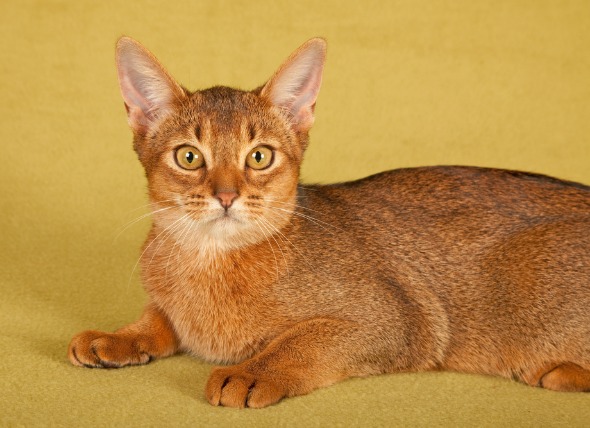 Carbon Monoxide Poisoning in Cats
Carbon Monoxide Toxicosis in Cats
Carbon monoxide
Carbon Monoxide Poisoning in Cats
Carbon Monoxide Toxicosis in Cats
Carbon monoxide
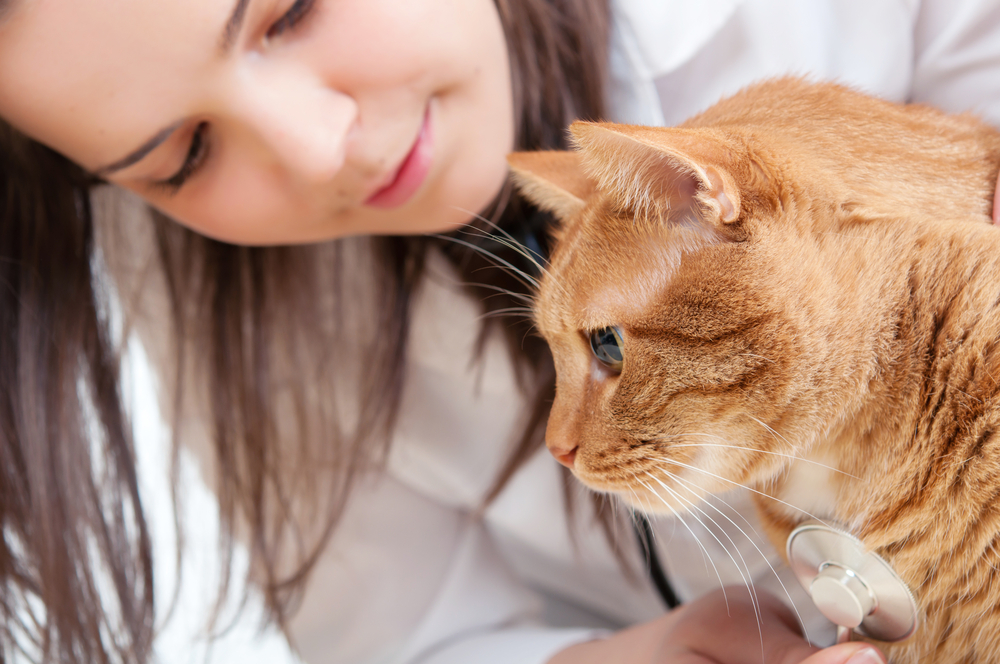 Chest Bone Deformity in Cats
Pectus Excavatum in Cats
The sternum, or chest bo
Chest Bone Deformity in Cats
Pectus Excavatum in Cats
The sternum, or chest bo
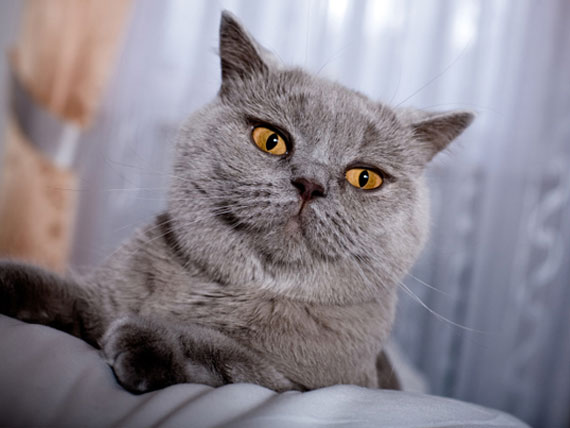 Fungal Infection (Malassezia pachydermatis) of the Skin in Cats
Malassezia Dermatitis in Cats
Malassezia pachyder
Fungal Infection (Malassezia pachydermatis) of the Skin in Cats
Malassezia Dermatitis in Cats
Malassezia pachyder
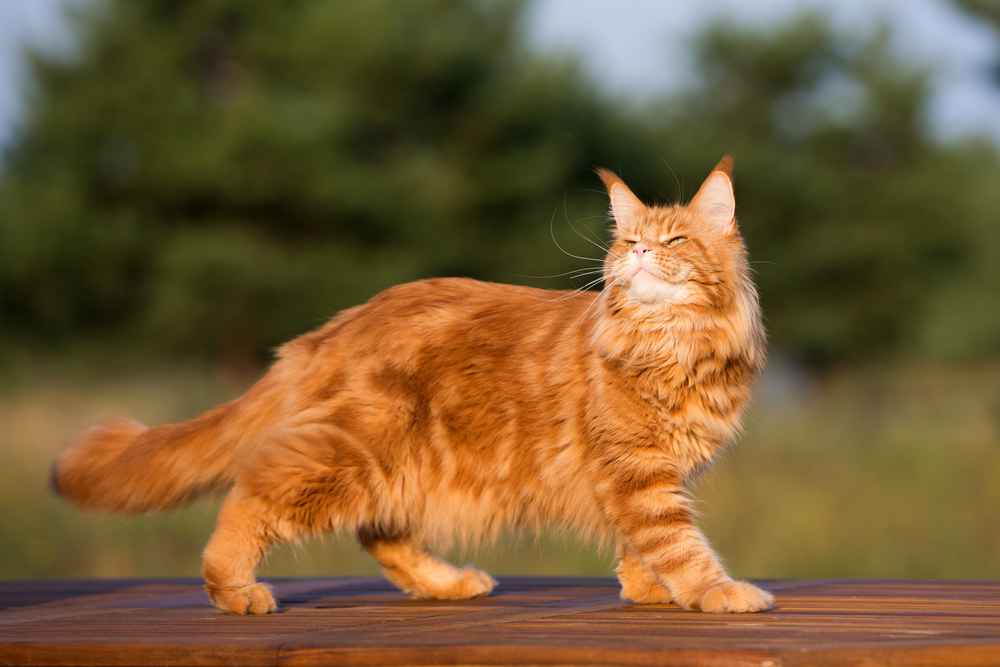 Involuntary Muscle Trembling in Cats
Tremors in Cats
Tremors are involuntary, repetiti
Involuntary Muscle Trembling in Cats
Tremors in Cats
Tremors are involuntary, repetiti
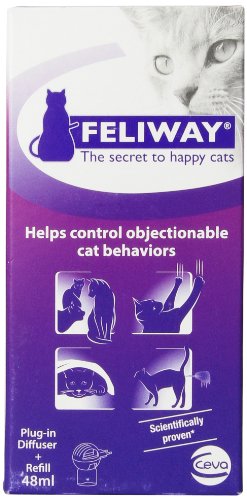 Feliway Review: Useful Tool Or Scam?
Feliway Spray and Diffuser
Feliway Review: Useful Tool Or Scam?
Feliway Spray and Diffuser
Copyright © 2005-2016 Pet Information All Rights Reserved
Contact us: www162date@outlook.com